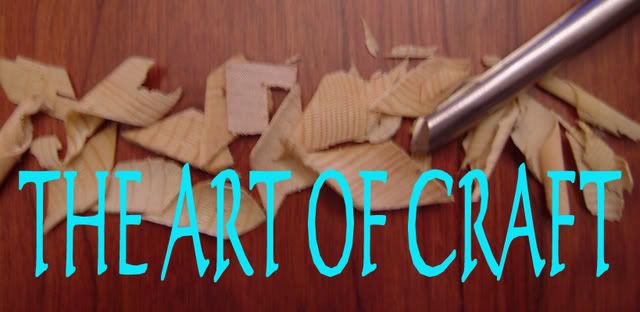We have another Photographers of Etsy member to feature. This photographer brings a very surreal look to her photography. Come an meet

Here is our interview with Debbie -
Briefly describe what you make? I'm a part time photographer. I love to take nature photos.Mainly macros. I love close ups of the lil things that most people miss.
What mediums do you enjoy working in most? I mainly shoot Canon DSLR.I love using my digital camera. I do;however, use a holga camera and now shoot TTVs through a vintage Argus camera.I also have a polaroid that I use from time to time also.I love the differend feel of all of these cameras. I could never pick just one.
How long have you been creating craft?I have been shooting for as long back as I can remember being able to hold a camera. I always hated having my photo taken so I got behind the camera. As a famous writer once said."having the camera gives you power". You have the power to shoot what you like.Share what you want with the world or share nothing at all.
How did you get started? I got started when I was young and my grandpa would let me use his old cameras. My first camera was a Polaroid,which I do still use from time to time. I recently got back into photography and have been shooting for charities. I joined a camera club last year and hit the ground running. Havent stopped yet. And now I'm selling my work along with having a few featured in a local gallery.
Where does the name of your shop come from?Name of my shop just comes from me. My names Debbie and I photograph and Ive recently learned to knit.
What would you most want people to know about your work? Its a huge time commitment. I work full time at another job and do photography on the side.Between weddings,charities and what I like to shoot for fun.Its a lot of time and work. You have to love what you do and I do. I hope that comes across in my work.
What words of advice do you have for other artists?If you like photography and want to improve I suggest finding a camera club online and joining them. Its a really good investment in yourself.You find like minded people who enjoy it as much if not more then you. You will learn so much from them and all the critique on your work is great.
___________________
Great shop.
Come and see this shop and the fine photography - and some knitting too!















